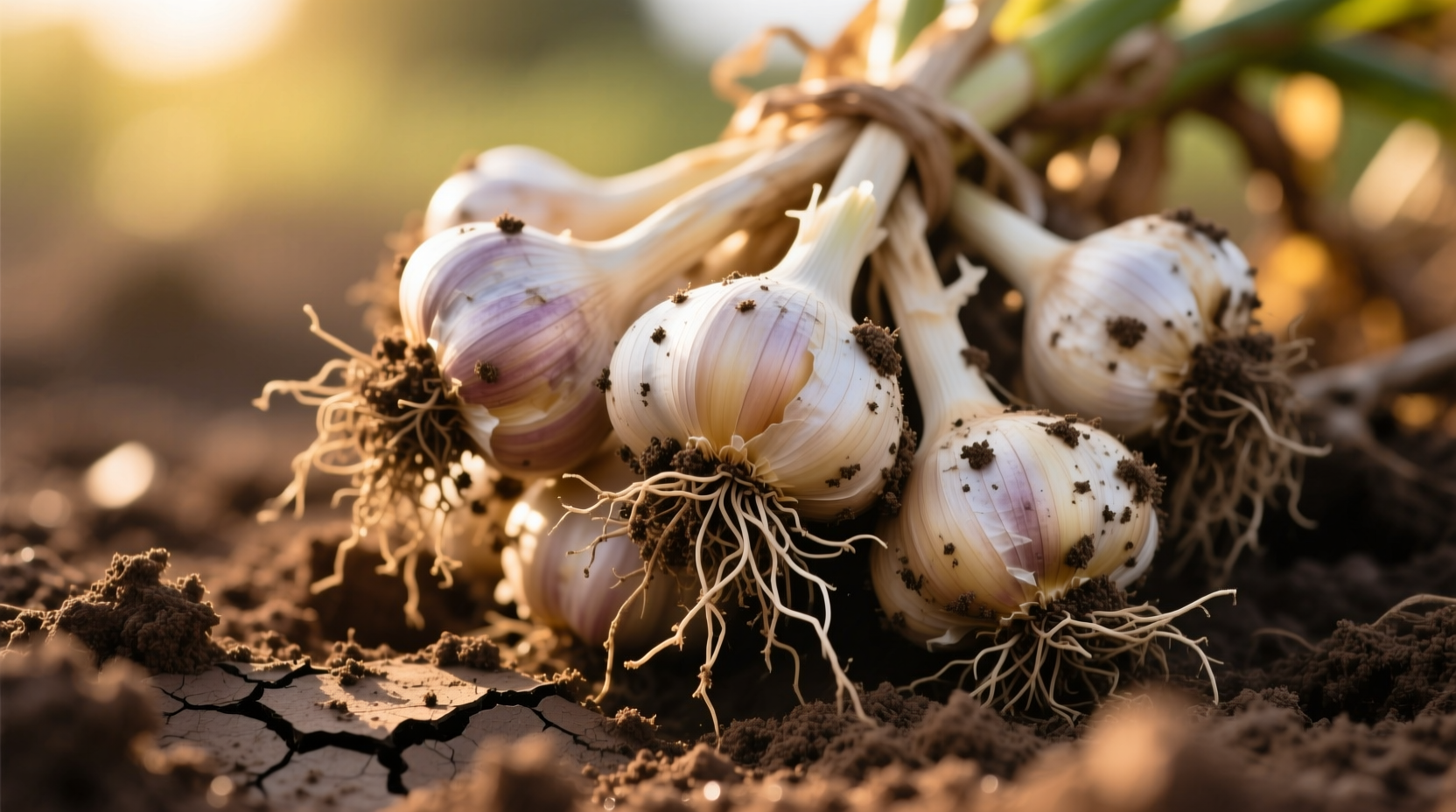Ever wonder why farmer's market garlic tastes more vibrant than supermarket bulbs? The difference begins at the source—garlic farms implement specific cultivation methods that directly impact flavor complexity and nutritional value. This guide reveals the agricultural science behind premium garlic production, helping you understand what makes certain farms produce superior bulbs and how seasonal growing cycles affect your cooking.
Why Garlic Farming Matters More Than You Think
Garlic isn't just tossed into recipes—it's carefully cultivated through precise agricultural practices that affect everything from pungency to medicinal properties. Commercial garlic farms produce over 29 billion kilograms globally each year, with China dominating at 80% of worldwide production according to FAO agricultural reports. But quantity doesn't guarantee quality. Small-scale specialty farms focusing on heirloom varieties often develop more complex flavor profiles through soil management and harvesting techniques unavailable in industrial operations.

The Garlic Growth Cycle: From Clove to Bulb
Successful garlic farming follows a strict seasonal rhythm that most consumers never consider. Unlike many crops, garlic requires cold exposure to develop properly—a process called vernalization. Farmers plant individual cloves in autumn, allowing roots to establish before winter dormancy. The real growth happens in spring when warming temperatures trigger bulb formation.
| Garlic Variety | Planting Season | Harvest Time | Flavor Profile |
|---|---|---|---|
| Softneck (Artichoke) | Fall | Early summer | Milder, longer storage |
| Softneck (Silverskin) | Fall | Mid-summer | Strongest, best braiding |
| Hardneck (Rocambole) | Fall | Late spring | Complex, earthy notes |
| Hardneck (Porcelain) | Fall | Early summer | Intense heat, fewer cloves |
This Oregon State University Extension research confirms that hardneck varieties generally develop more complex flavor compounds when exposed to proper winter chilling periods. Commercial farms in colder regions like Minnesota and Canada specialize in these premium types, while California's milder climate favors softneck production for commercial processing.
Soil Science: The Foundation of Flavor Development
Garlic's distinctive taste comes from sulfur compounds developed in specific soil conditions. Farms producing premium culinary garlic maintain soil pH between 6.0-7.5 and incorporate organic matter to improve drainage—critical since waterlogged soil causes bulb rot. The most flavorful garlic grows in loamy soils with balanced nitrogen levels; too much nitrogen creates excessive leaf growth at the expense of bulb development.
Organic garlic farms use innovative techniques like:
- Composted manure applications 90 days before planting
- Interplanting with companion crops like carrots to deter pests
- Minimal tillage practices preserving soil microbiology
These methods directly impact the allicin content—the compound responsible for garlic's health benefits and pungency. Research from National Institutes of Health studies shows properly cured garlic from well-managed farms contains up to 30% more bioactive compounds than mass-produced alternatives.
Harvesting and Curing: Where Quality Is Made or Lost
The moment garlic leaves begin yellowing signals harvest time—a narrow window determining shelf life and flavor intensity. Experienced garlic farms monitor:
- Leaf dieback (40-50% yellowing indicates readiness)
- Bulb wrapper integrity (tight skins prevent moisture loss)
- Clove separation (distinct segments indicate maturity)
Improper curing ruins even perfectly grown garlic. Top farms use a three-stage process:
- Field drying: Leaving bulbs in shaded rows for 24-48 hours
- Shed curing: Hanging in well-ventilated spaces at 24-27°C (75-80°F) for 2-3 weeks
- Storage conditioning: Gradual cooling to 0-4°C (32-39°F) with 60-70% humidity
This meticulous approach preserves enzymatic activity that develops garlic's characteristic flavor during storage. Industrial operations often skip proper field drying to speed processing, sacrificing flavor complexity for efficiency.
Finding and Supporting Quality Garlic Farms
Locating authentic garlic farms requires knowing what to look for. Direct-to-consumer farms typically:
- Offer multiple heirloom varieties (not just generic 'softneck' or 'hardneck')
- Provide harvest dates with purchases
- Sell unpeeled bulbs with intact wrappers
- Explain their soil management practices
Farmers' markets remain the best source for fresh-dug garlic in season (June-August in most regions). Look for farms displaying scapes—those curly green shoots indicate hardneck varieties at peak freshness. When purchasing online, verify the farm's location matches their claimed growing region; 'California garlic' shipped from overseas warehouses often indicates misrepresentation.
Seasonal Availability Guide for Garlic Consumers
Understanding garlic's natural cycle helps you time purchases for maximum flavor:
- June-July: Fresh-dug garlic (moist texture, milder flavor)
- August-October: Peak curing period (developing complex flavors)
- November-March: Prime storage period (full flavor development)
- April-May: End of storage cycle (sprouting begins)
Buying garlic in season supports sustainable farming practices and delivers superior culinary results. Restaurants using seasonal garlic menus often feature scape dishes in early summer—a clear indicator they source directly from local growers.











 浙公网安备
33010002000092号
浙公网安备
33010002000092号 浙B2-20120091-4
浙B2-20120091-4